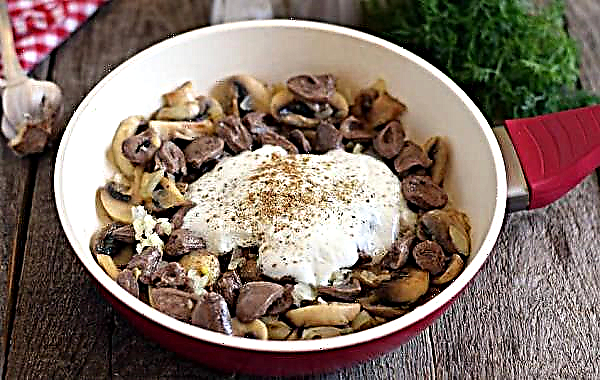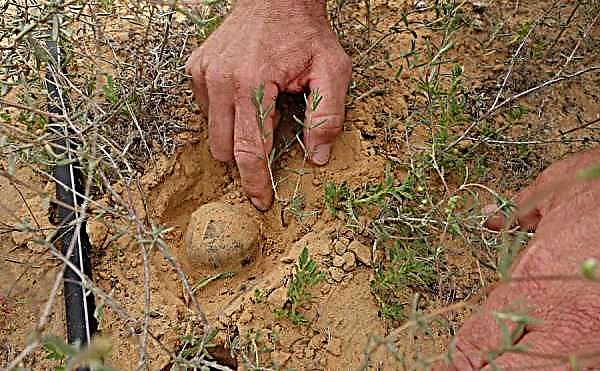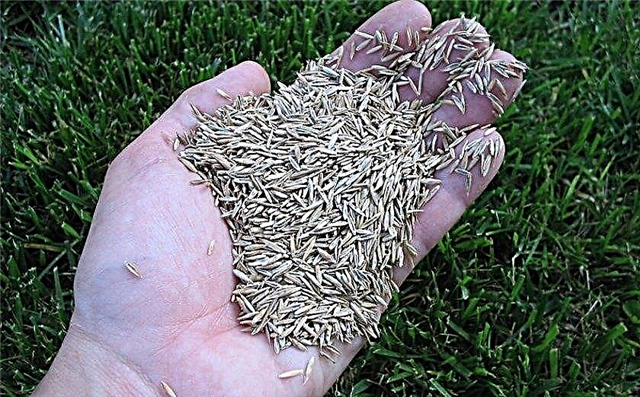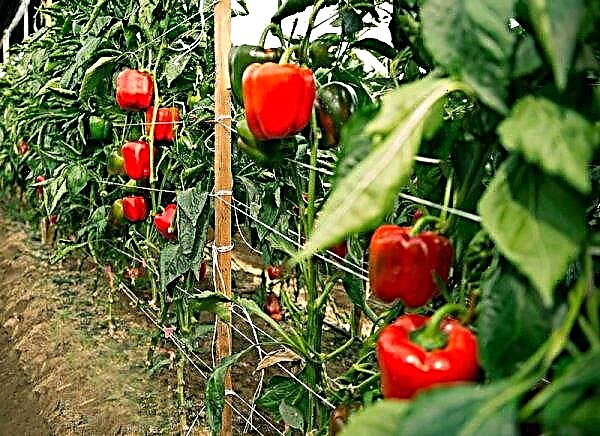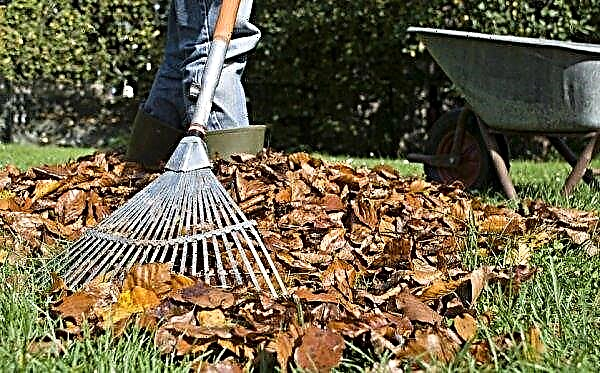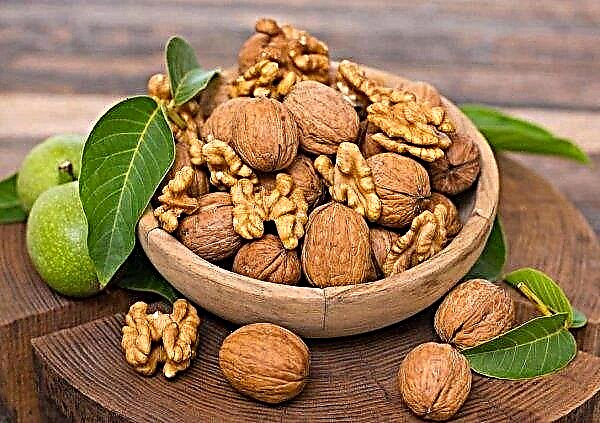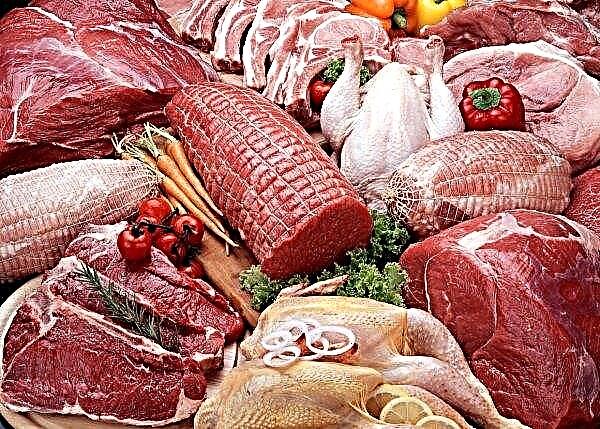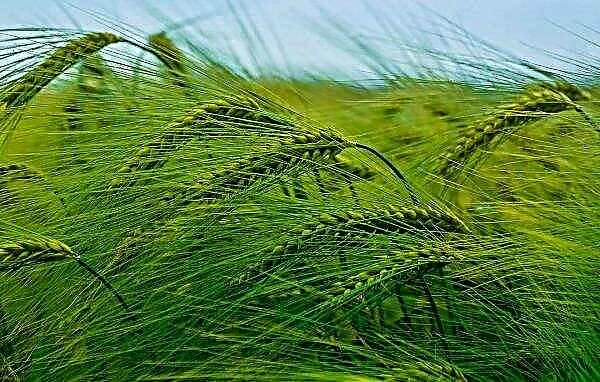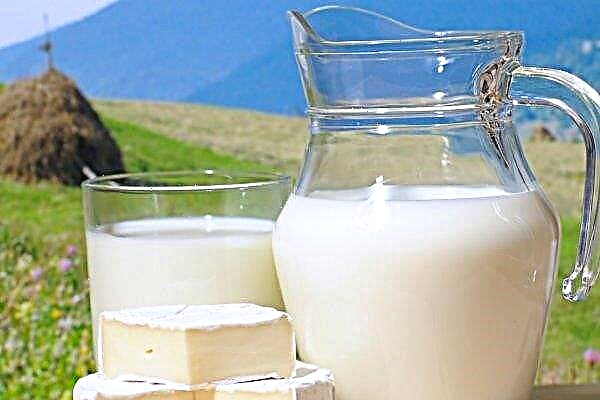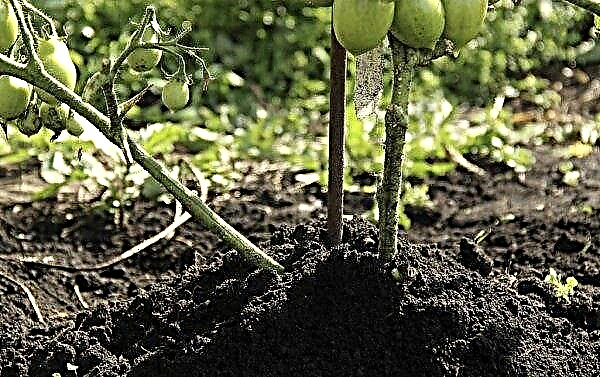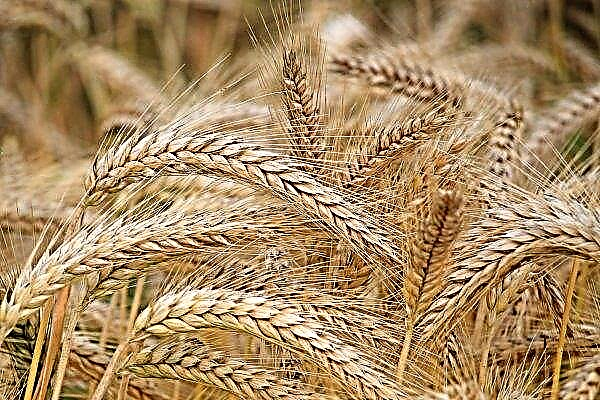Perhaps, onions and garlic are among the most popular and favorite vegetable crops both among consumers and gardeners. In some situations, associated more often with insufficient garden area, there is a need for compact planting of vegetables, often joint. Find out if onions and garlic can be grown together.
Why is it so important to correctly select the "neighbors"?
Crop rotation is one of the most important agricultural practices. The correct use of alternating planting schemes for different crops, as well as the selection of compatible "neighbors", can significantly increase the yield, without additional effort. The rule also has a retroactive effect: after planting the most selected seeds or strong seedlings where “not those” crops used to grow, it is problematic to expect a decent crop, even with good care and fertilizer.
Important! Plant onions where cabbage, radishes or cucumbers grew before it. For garlic, young potatoes, beets, cucumbers, and tomatoes will be good predecessors.
In addition, the neighborhood factor is no less important than which vegetable to plant after. After all, it may happen that crops planted nearby need the same minerals and substances. That is, they are direct competitors in the struggle for existence, the soil will become poorer much faster, respectively, and nutrients in both cultures will get less.
Related plants are subject to the same diseases, and are not able to give each other protection. As a result, plants develop poorly, few fruits or they are small and weak, like seeds for future planting. For example, you should not expect a good harvest when growing watermelons and cucumbers or pumpkins on adjacent beds.
Another important factor of alternation is the size of the garden plot. Not everyone can brag about the presence of a garden where you can plant everything that your heart desires. In modern realities, you have to choose, giving priority to a particular vegetable, or combine.
For example, garlic is planted both in the spring and in the winter. Thanks to this factor (that is, garlic can be grown constantly, changing the location of the beds twice a year), as well as competent alternation, you can achieve vegetable diversity even in small areas, you only need to know what is next and what takes root well.
Is it possible to plant onions and garlic in one bed?
Onions, like garlic, are prominent on our tables. Few dishes can be prepared without the use of onions. Both cultures belong to the same family and even the genus (amaryllis family, genus onion). In this regard, according to the traditional interpretation of crop rotation, these crops are incompatible. However, this rule does not always apply - it is often possible to grow a good crop of both crops by breaking the beds in the neighborhood, especially with sufficient sunlight.
If there is sufficient area, it is better to plant these vegetables separately, but if space is limited, do not be afraid to plant them together. Choosing the right place (open, well-lit by the sun), with appropriate care, watering and fertilizing, you can count on a reward from nature for your labors.
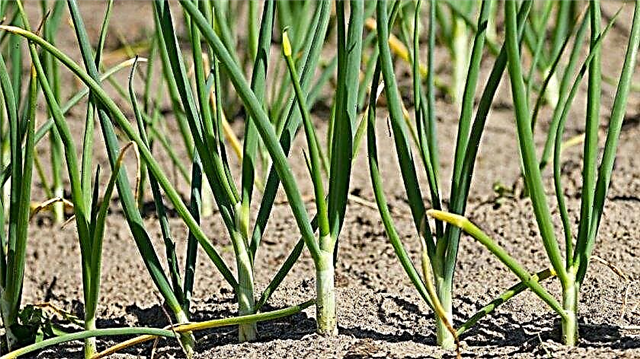
Features and landing technology
If you still decide to plant onions and garlic in the same bed, you should follow some rules. First you need to prepare future beds, spring planting is carried out in early spring. Soil at the site of future beds is shed with 1% solution of potassium permanganate or copper sulfate.
Landing patterns may vary: staggered, alternating rows. In any case, the distance between cultures (0.2-0.25 m) should be maintained, since these are representatives of the photophilous family, they need a sufficient amount of sunlight.Important! Plant garlic well next to raspberries and roses. These plants coexist beautifully, mutually contributing to the growth of each other, in addition, such a neighborhood scares off the beetle-hrushchik who loves raspberries.
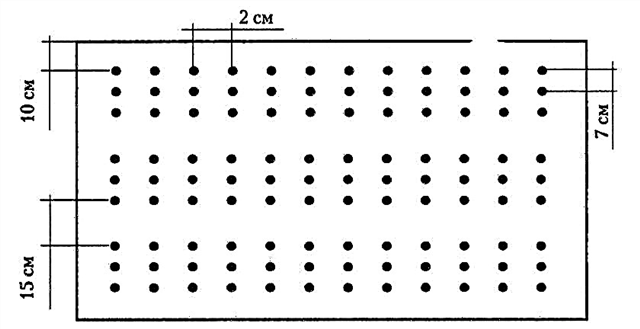
When you marked the bed (between rows or in a checkerboard pattern), you can make holes. They should be of shallow depth (3-4 cm). The first shoot of Amaryllis is very fragile and small, it is difficult for it to break through the thickness of the soil. Over time, the sprouts will break through to the sun, however, the harvest will be later. The crops are undemanding, so after planting it remains to wait for the harvest, watering is necessary only in case of dry weather.
There are some features in landing under the winter. In this case, it is first necessary to select a place on a hill so that during spring snowmelt, groundwater does not flood the roots. Before planting bulbs and cloves, the soil in the place of the future beds is fertilized with potassium-phosphorus fertilizers. After the first frosts hit, the plot is covered with branches, foliage or mulch.
Did you know? Book «Talmud Ezra» claims that Jews were allowed to add garlic to food during Shabbat in the form of encouragement for the following reasons: to keep the body warm, to have healthy skin, to destroy worms, to strengthen the secretion of seed to maintain love and to abandon jealousy.
Other good neighbors for these crops
The best "neighbor" for garlic is strawberries. This berry not only tolerates such a "neighbor", they grow well nearby. The method of planting potatoes between rows of garlic has proven itself.
An interesting feature of onions / garlic is that they grow well after legumes, but do not favor them as "neighbors." Productivity is falling, seedlings are susceptible to disease.
Planting a number of tomatoes has proven itself well. Amaryllis protect tomatoes from parasites, reduce the risk of late blight and development. And tomatoes do not allow their "neighbors" to fleece. The recommended distance between the beds is 1.2–1.4 m.
Can garlic be planted after onions?
Based on crop rotation rules, it can be argued that planting onions after garlic is undesirable. In fact, you can assume that you are re-planting the same crop. And the earth needs rest (3-4 years) before re-planting the same vegetable.
Can I plant onions after garlic?
In this situation, all of the above is relevant. As an exception, you can try the following trick: plant winter garlic, in the summer, after harvesting, sow the beds with green manure (legumes, clover, alfalfa, vetch), do the same in autumn, and spring onions.
Did you know? In the ancient Egyptian treatise on medicine, dated around the middle of the XVI century BC, garlic is mentioned more than two dozen times. Pliny the elder in one of his works offers more than 50 prescriptions for the medical application of culture, and the senior doctor of the Roman legions, Dioscorides, approved garlic in the army as the main remedy for helminths.
Using simple crop rotation rules when growing onions and garlic, you can get a plentiful crop without applying extra effort and without resorting to a large amount of fertilizer.


